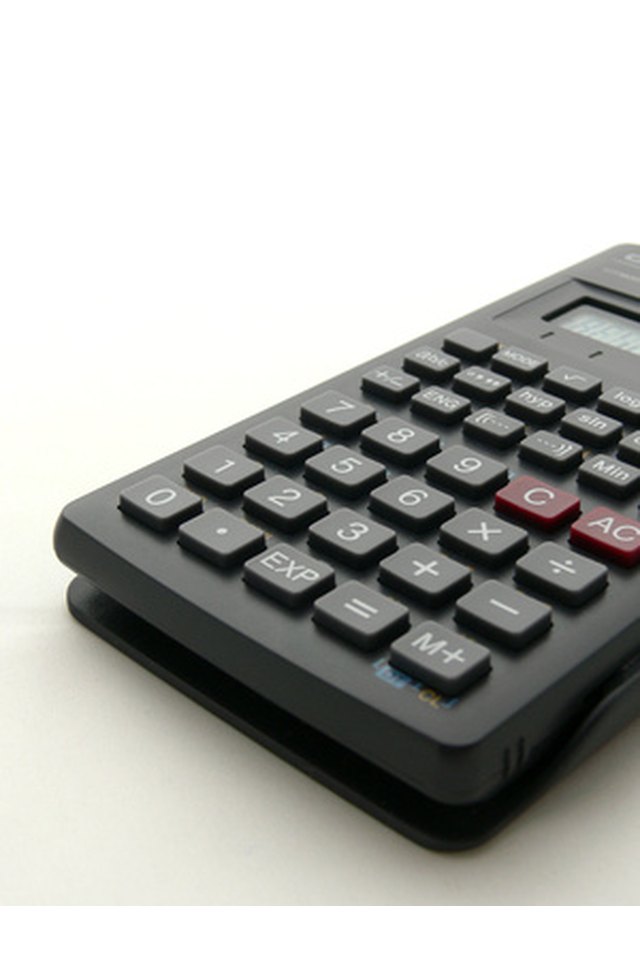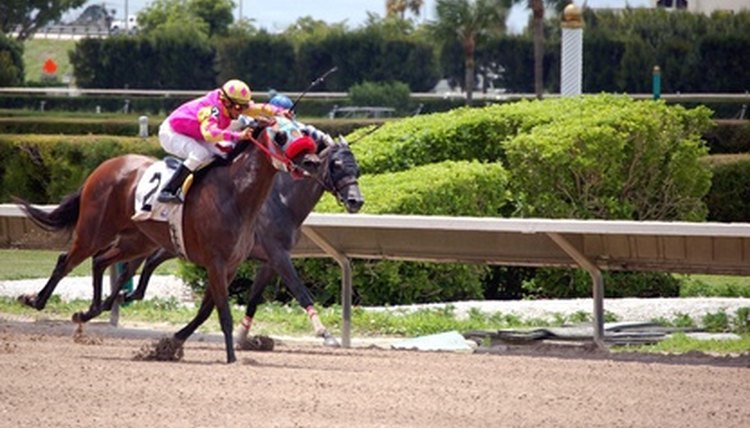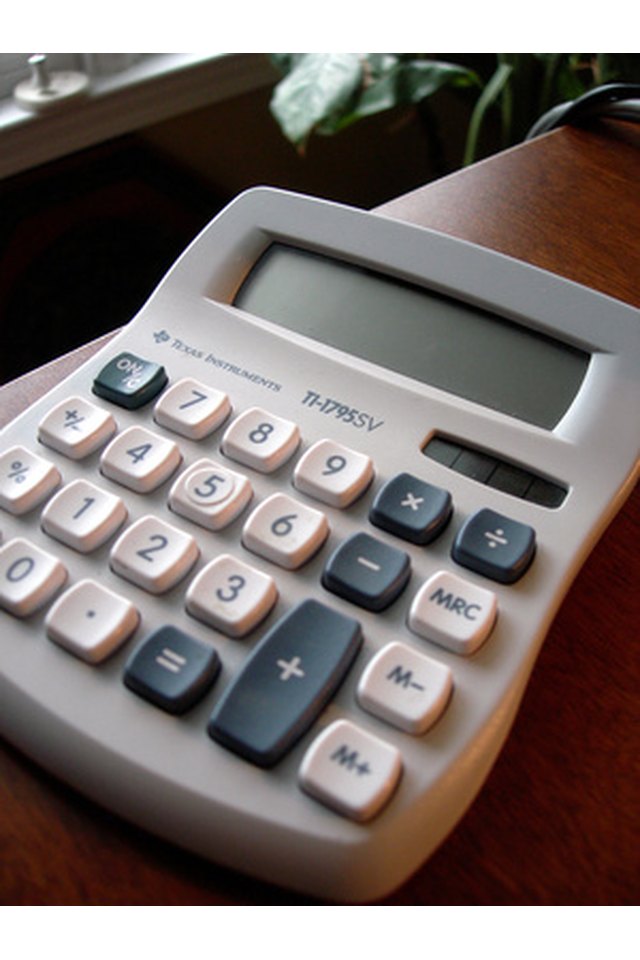How to Calculate .10 of a Superfecta

In betting on horse and dog races, the superfecta requires that a gambler pick the first four winners of a race in the exact order that they finish. Superfecta bettors often bet several combinations of horses as a way of increasing their odds, but in a race with eight horses, there are 1,680 combinations of four horses. Obviously, betting all of them would be expensive for many gamblers, even at $1 per bet. Because the odds are so long, however, superfecta betting, even at modest sums, can attract very large payoffs. In 2004, a New Hampshire dog track introduced the 10-cent superfecta as a way of attracting new bettors. The 10-cent bet allowed bettors to cover a large number of possible results.
Calculating a Superfecta Box

horses image by nutech21 from Fotolia.com
Select the number of possible animals in a finish. Imagine that a bettor believes that five horses have a good chance of finishing in the top four positions. But the bettor is not confident which order they will finish. The bettor could bet all of the combinations. This is called the box strategy. The minimum number of animals in a box is four. The higher the number of possible horses in the box, the higher the cost to bet. For this example, you will use five.

horses image by nutech21 from Fotolia.com
Calculate the number of possible combinations. To find the number of combinations, multiply the highest number in the box by the next lowest number, the next lowest number and the next lowest number. In a five-horse box, this means multiplying 5, 4, 3 and 2. Five multiplied by four equals 20. Twenty times 3 equals 60. Sixty multiplied by 2 is 120. There are 120 possible combinations in a five horse box. For a seven horse box, multiply 7, 6, 5 and 4. The result is 840 combinations.

horses image by nutech21 from Fotolia.com
Find the cost. Multiply the number of combinations by .10. This is relatively easy to do in your head. Just chop off the last number, turning it into dimes. For example, in a four horse box, the number of possible combinations is 24. The decimal place is to the right of the 4 in 24, so you have $2.40. For a five horse box, there are 120 possible combinations. Move the decimal point to the right of the 0 to get $12.00.
Betting a Superfecta Wheel

horses image by nutech21 from Fotolia.com
Choose a winning horse and a number of possible runners up. Imagine a bettor believes that one horse will win, but any combination of four other horses will be the runner up. The bettor can bet every combination of runners up to cover the gap. This is known as a wheel, because all other possible combinations radiate from a central bet like spokes on a bicycle. For this example, the wheel will have one hub and five additional horses.

horses image by nutech21 from Fotolia.com
Calculate the possible combinations. This is similar to betting a box. Multiply the remaining number of horses. Instead of multiplying four numbers, a bettor multiplies the highest three, because there are three open positions to fill. In a six horse wheel, with one horse keyed to the first position, multiply 5, 4 and 3 to get 60. Notice you did not use 6, because that number was taken by the first horse pegged to win.

horses image by nutech21 from Fotolia.com
Calculate the cost. Multiply the number of possible combinations by .10. In the example, you had 60 combinations for a cost of $6 to cover them with 10-cent bets.
References
Writer Bio
Philadelphia-based freelancer Pat Kelley has been writing since 2002, most recently for Scripps Texas Newspapers. He has won numerous awards for reporting. He holds a Bachelor of Arts in political science.
